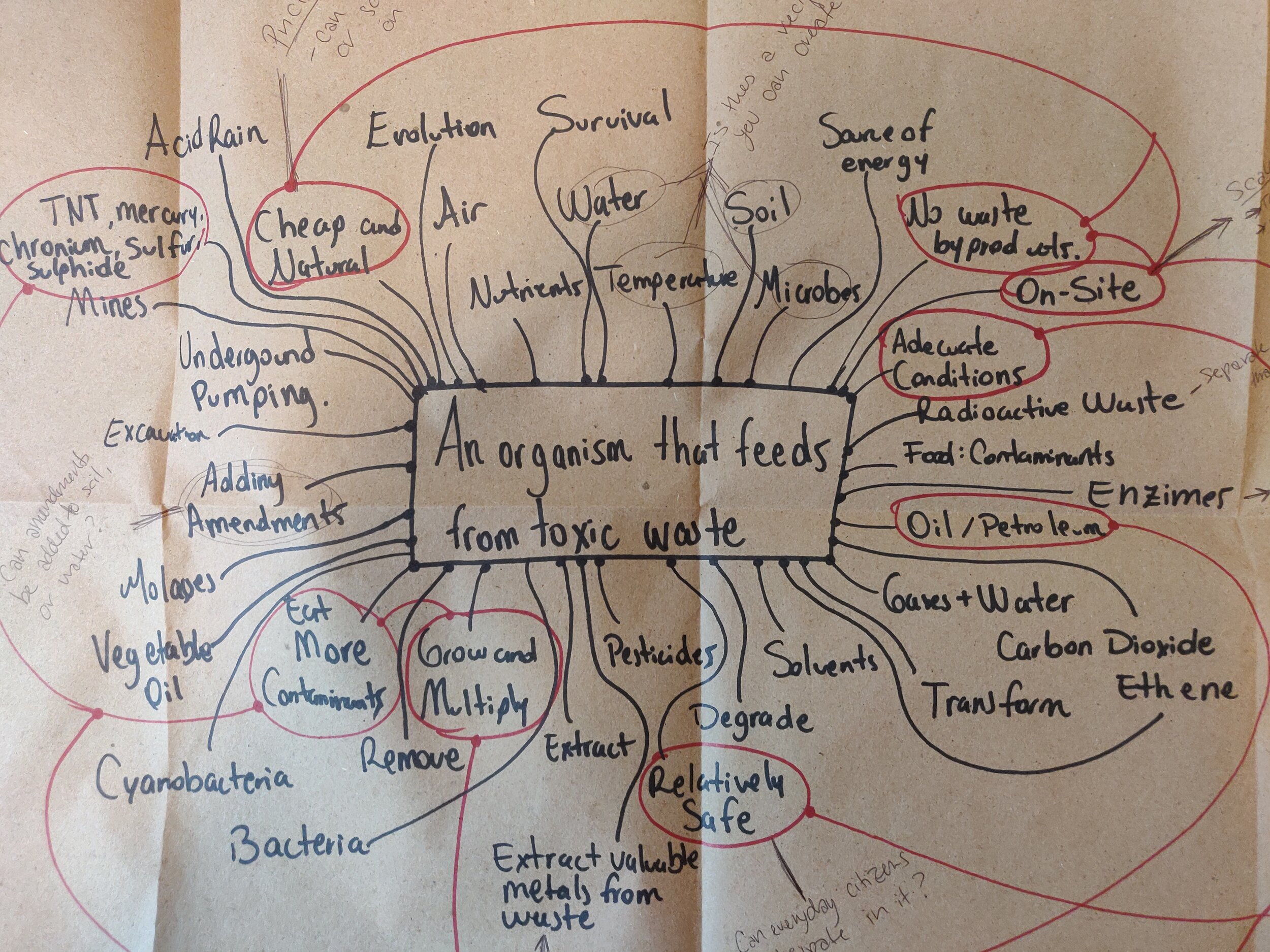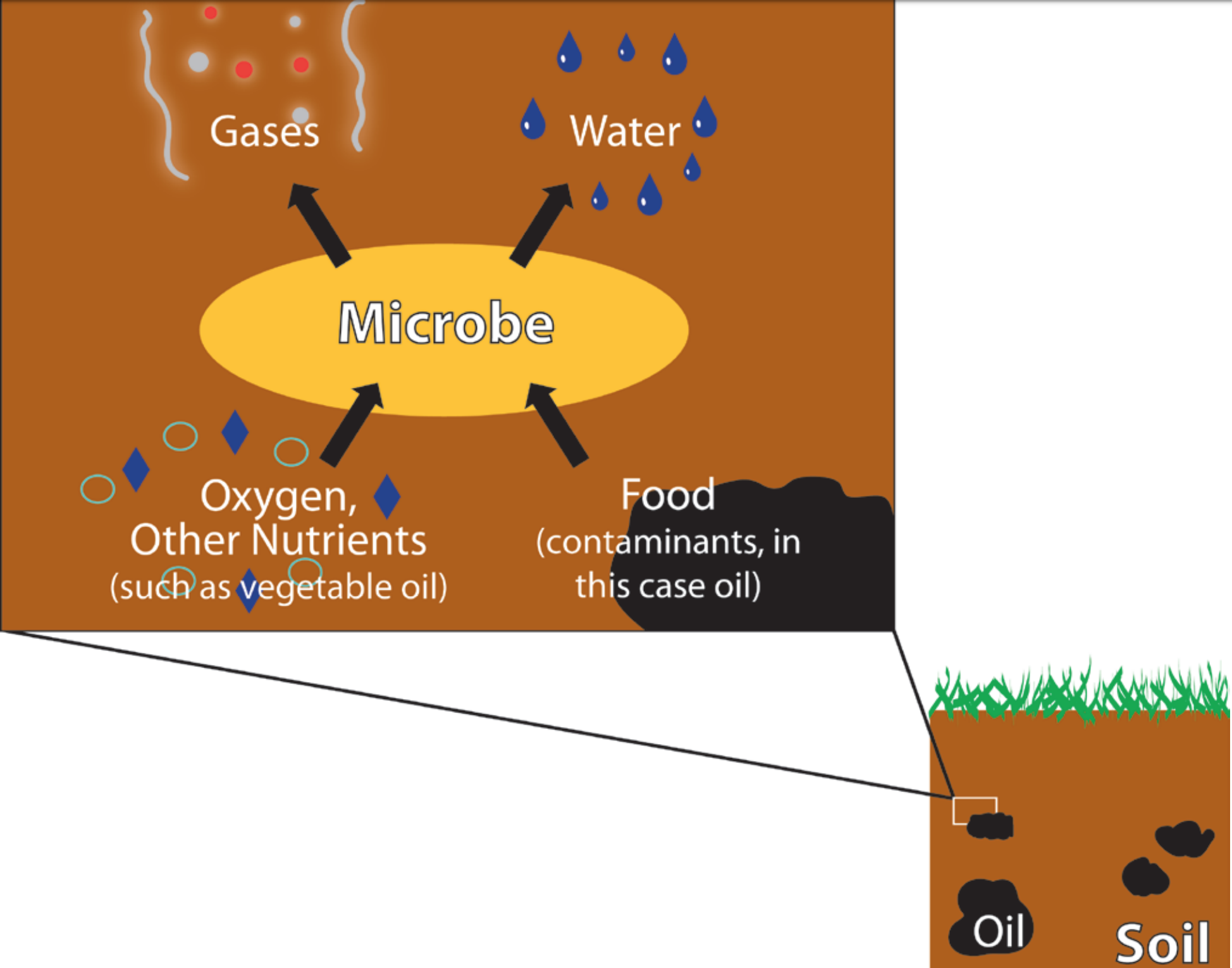As a continuation of my temporary expert assignment in which I researched Bioremediation and different ways of using metaphors in order to explain how it works, I want to expand my research in Genspace by conducting an experiment that will allow me to visualize and understand bioremediation.
By doing some research on how to perform bioremediation without toxic waste involved, I came across a simple exercise that consists on a sugar spill, by using yeast (as a bacteria) to consume the sugar when it’s mixed with water in test tubes, and collecting the generated gases with a balloon, I would be able to replicate the way that bacteria and toxic waste interact during the bioremediation process.
Yeast consuming sugar spill experiment
The sugar spill experiment is a simple and very visual way to represent bioremediation, however, I’m 100% interested in doing something similar but using the resources and the scientific method at Genspace. This simple experiment might not be enough to provide a clear way to quantify the good performance of bacteria and at the same time, it doesn’t provide a way to understand if the bacteria are having the appropriate conditions to “eat more”, which is the basis of my research and hopefully the element that I would like to use for my final project.
I would like to find substances that will require me going to do the experiment in Genspace and hopefully be able to quantify how much gas is produced, or in a more broad way, be able to determine when the bacteria are in ideal condition to be able to “eat more” and therefore clean more the environment (consuming more toxic waste in a real-life application of bioremediation).
Later in my research I came across a more detailed experiment that involves (I believe) toxic waste: Measuring the concentration of BAC in lake water samples. BAC = benzalkonium chloride.
Measuring the concentration of BAC in lake water samples
I would like to find a middle point between these two experiments to be able to do it in Genspace, in which I can measure results (concentration of the “simulated toxic substance” (nontoxic in case of the experiment in Genspace).
Final Proposal for Genspace
My final proposal involves using mycelium to digest cigarette but. Ideally I will collect them from the street, I could quantify the amount and the location from where I collect them (maybe generate a story out of it once I have done the experiment) and then be able to connect it to the science.
As my experiment I want to be able to digest cigarette buts by using some kind of mycelium. The concept that I am pursuing is how to go from something “dirty or toxic” to something clean, and how to understand the conditions that the mushrooms need in order to “eat more” and therefore clean more.
Digest cigarette but









